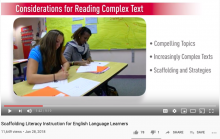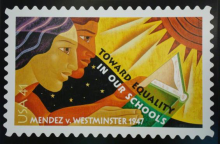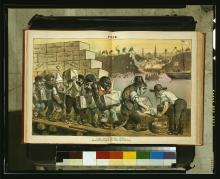In a 10th grade classroom, a newly arrived student from Sudan, a returning student from a migrant worker family, and a student whose family came from Cambodia in the 1970s are among the 25 students in a US History class. These three students have been silent in all previous class discussions.English Learner Collaborations project to Teach the Language of Social Studies
Published on Mon, 10/04/2021




